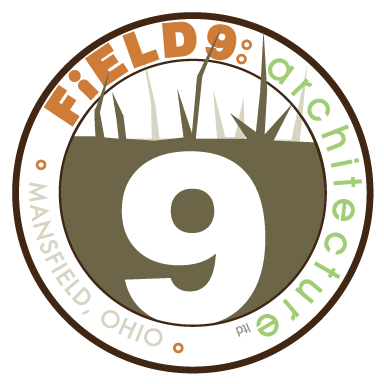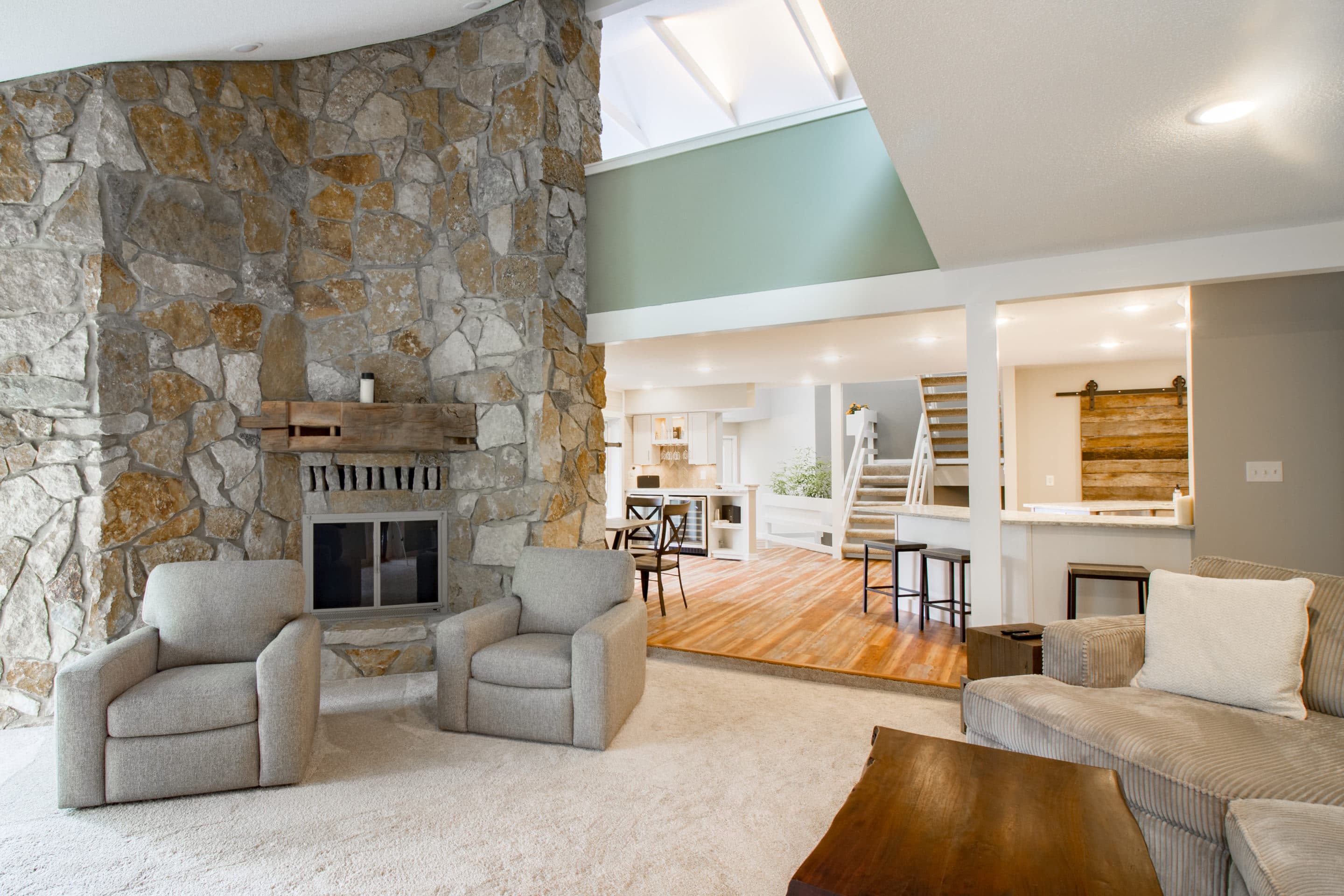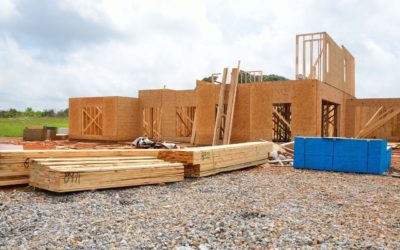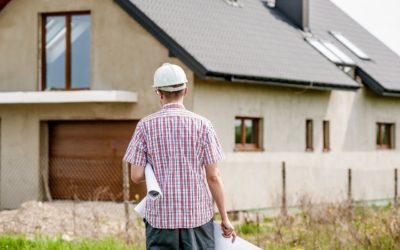When you’re building a new home, you’ll probably consider making it energy efficient. And for good reason. For one, energy efficiency leads to lower utility bills. But there are even more benefits than that. It also shrinks your carbon footprint by making you much less reliant on non-renewable fuels. You can protect the environment for generations to come, just by building your house thoughtfully. Not only that, but energy efficiency can also increase your home’s resale value and even get you some tax incentives. Most importantly, building an energy efficient home can have the added positive effect of being more comfortable than a conventional home. Your home can offer temperature stability for increased comfort, and better indoor air quality, a boon for your health, by implementing Passive House strategies.
What is Passive House?
Passive House is a design standard for buildings that requires very low energy for heating and cooling. The concepts behind the Passive House strategies are time-tested, but the present implementation of them is relatively new, the first homes being built in Germany in the early 1990s. The strategy can be applied to buildings of all types and sizes, however, not just houses. Passive House buildings measure and balance innumerable factors, including even the heat emissions of indoor appliances and occupants, to create a consistent indoor temperature, providing maximum comfort to those inside.
Passive House often gets confused with passive solar design that was popular in the 1970s and still finds application in various building types today. However, while the name is derived from the passive solar techniques, the “Passive” goes beyond the installation of large expanses of glass that face the sun. With Passive House, the entire building is designed to be kept comfortable with minimal active mechanical systems. This is accomplished through continuous insulation, air tightness, and maximizing solar gains.
What are the features?
The Passive House feature of continuous insulation prevents the loss or gain of heat through the building’s materials. This ensures a uniform, consistent temperature throughout the home. The airtightness of each building prevents outside air from gusting in and the inside, conditioned air from leaking out. This helps maintain the ideal temperature and the integrity of the air quality. Lastly, the homes use high-performance windows and doors. This double- or triple-paned glass uses the sun’s solar energy to heat the home in the cool seasons and prevent overheating in the warm seasons.
The Passive House design was originally conceived to provide not just energy efficiency but also comfort. The Passive techniques add dramatically to the comfort of a home by reducing temperature fluctuation while at the same time reducing the dependence on gas and electric power. Here is the added plus of reduced utility costs. Passive House design also provides a healthier indoor environment. Homes utilizing this design are known for their superior indoor air quality.
Passive House design benefits the homeowner in many ways while at the same time benefiting the environment. When building your home, ask the architects at FiELD9: architecture about utilizing Passive House design. FiELD9 offers certified Passive House design and can help create a comfortable, efficient, environmentally-friendly home that is perfect for you.






Recent Comments